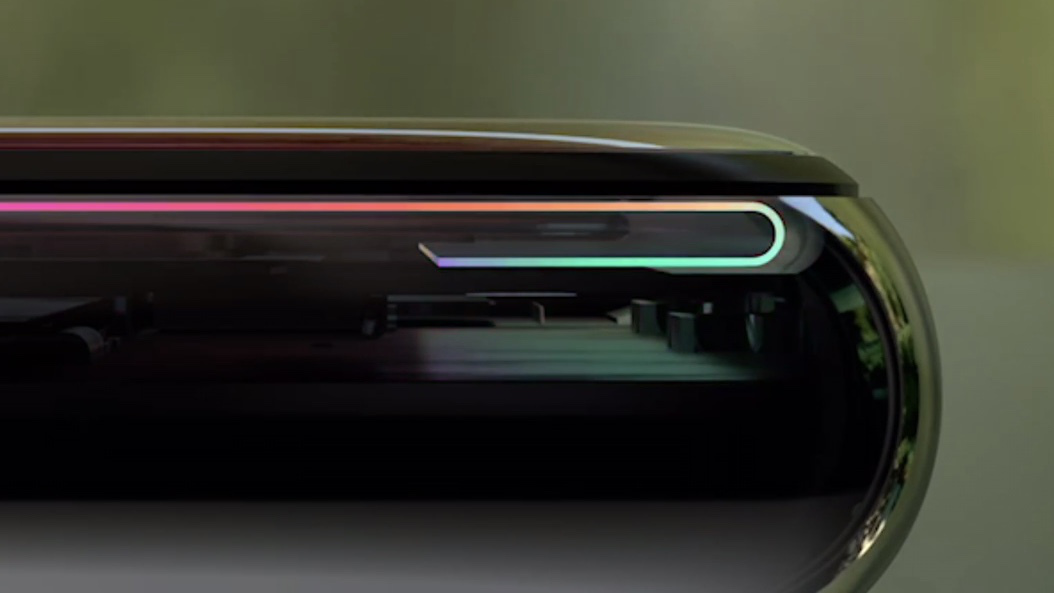
LG Display said on Tuesday that it would invest 3 trillion won, which works to about $2.6 billion in America dollars, in its organic light-emitting diode (OLED) panels production line in Korea.
Reuters reported today that LG Display earlier forecast a tough 2019 “as it invests heavily in OLED panels at a time of weak demand for smartphones and tech gadgets in general.”
Apple tapping LG as an iPhone OLED supplier is not new by any means, it was first whispered back as June of 2018 and the rumor has since reappeared off-and-on repeatedly.
For LG Display to become a major second OLED supplier for iPhone would entail the same scrutiny in terms of quality assurance that Samsung faced when cutting an OLED deal with Apple. LG has underinvested its OLED production at a time when Chinese suppliers have doubled down on mobile screens.
The company will also have to prove to Apple it can mass-produce these panels without yield issues, which isn’t a small feat because OLED sheets are difficult and costly to produce reliably. Having multiple suppliers for the same part is Apple’s usual strategy to reduce its exposure to any one supplier and pit them against each other when it’s tome to commit to volume ordering.
It’s believed Samsung Display, the Galaxy maker’s displays-making arm, is the exclusive supplier of flexible OLEDs used in the iPhone X, XS and XS Max devices. The iPhone XR family, features a display that uses traditional LCD display technology, using Sharp-made panels.
The development follows a Barclays analyst note shared a few days ago that predicted the Korean company would once again start picking up orders for OLED displays in the iPhone lineup, this time as early as 2019. The Barclays note additionally suggests that Chinese supplier BOE could start handling OLED display orders for iPhones as early as 2020.
According to The Wall Street Journal in January 2019, Apple should switch to an all-OLED iPhone lineup by the time 2020 rolls around, with three new iPhone models equipped with the display technology and dropping LCD completely from its smartphone lineup.